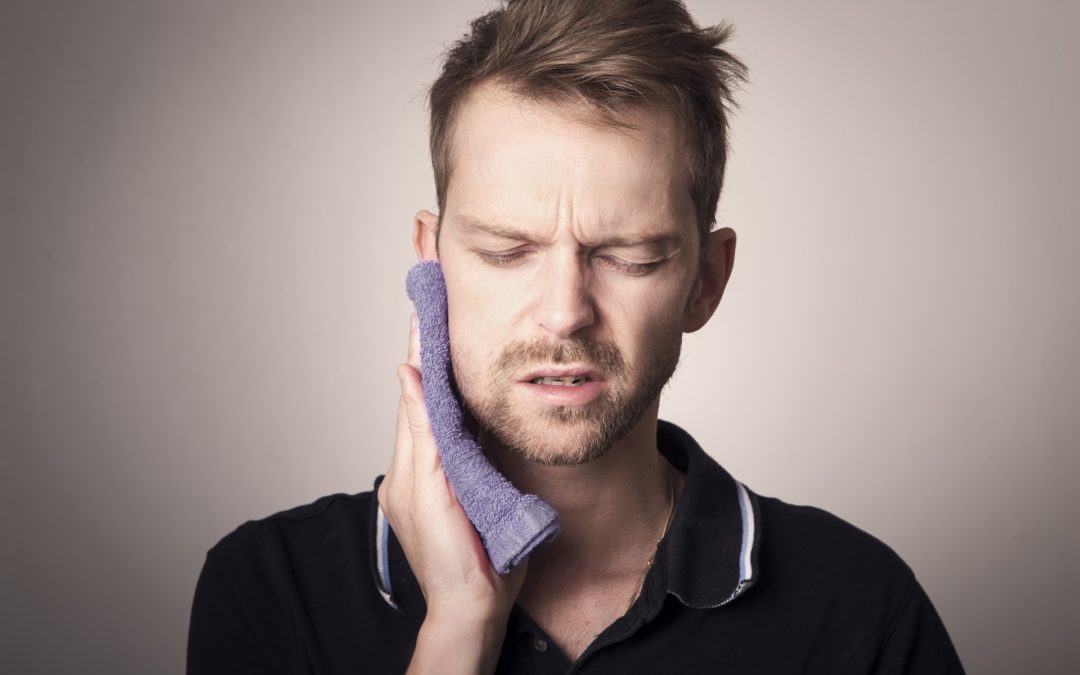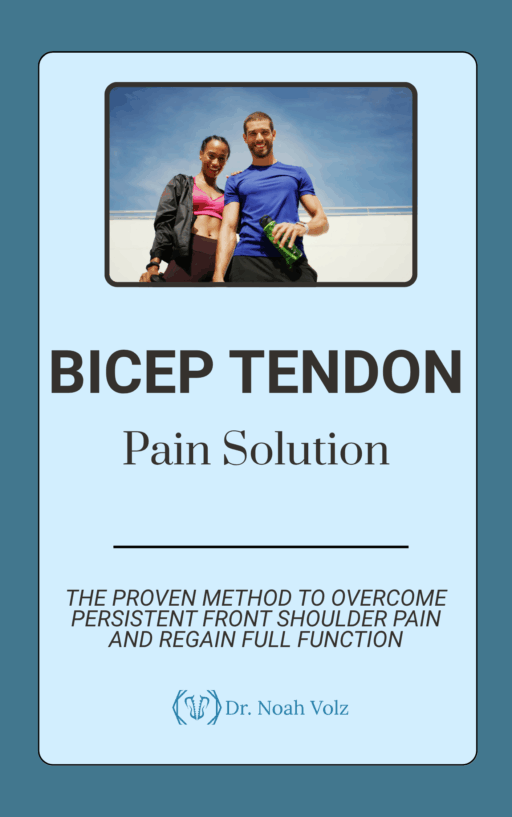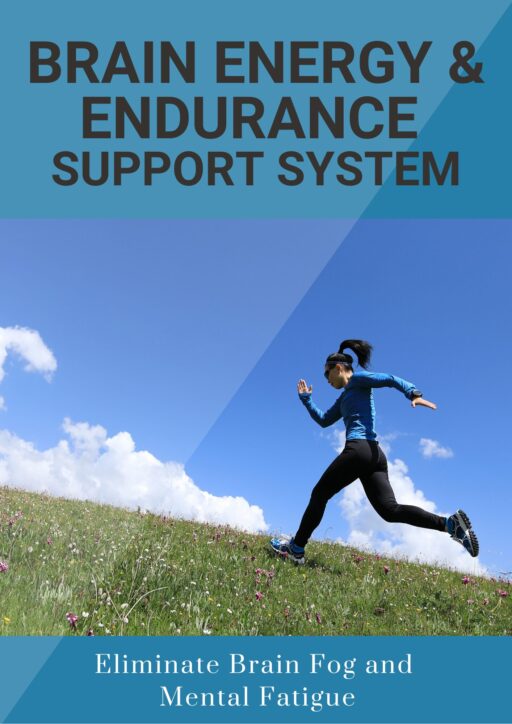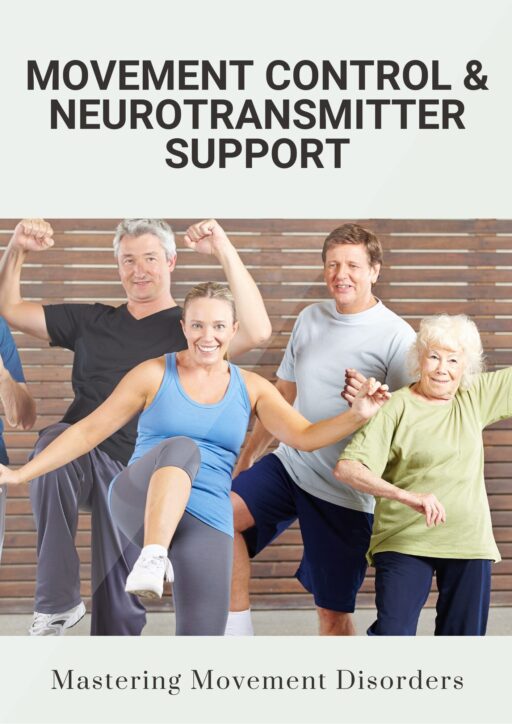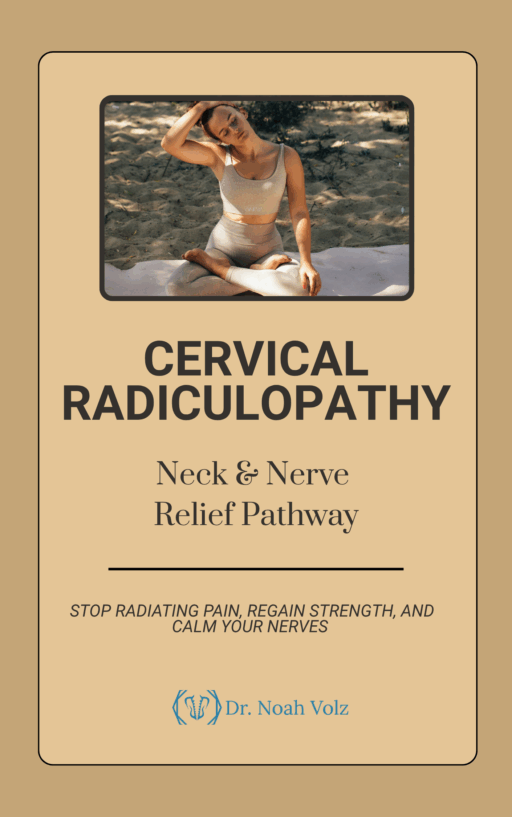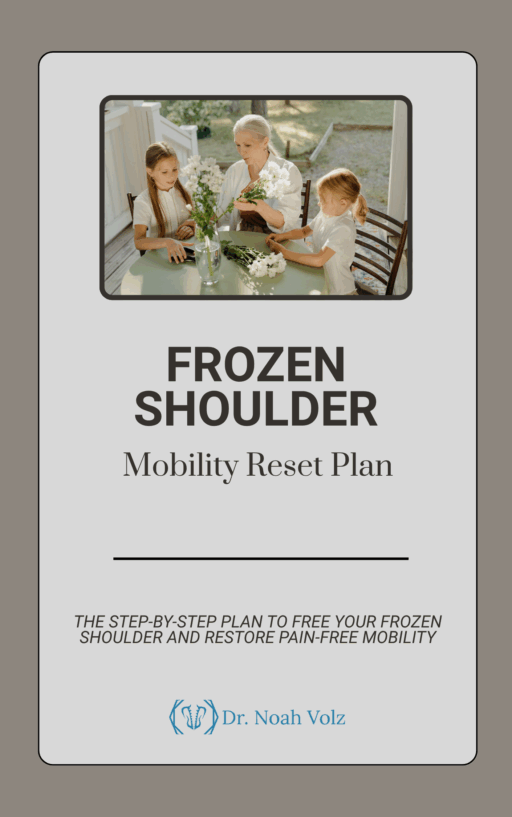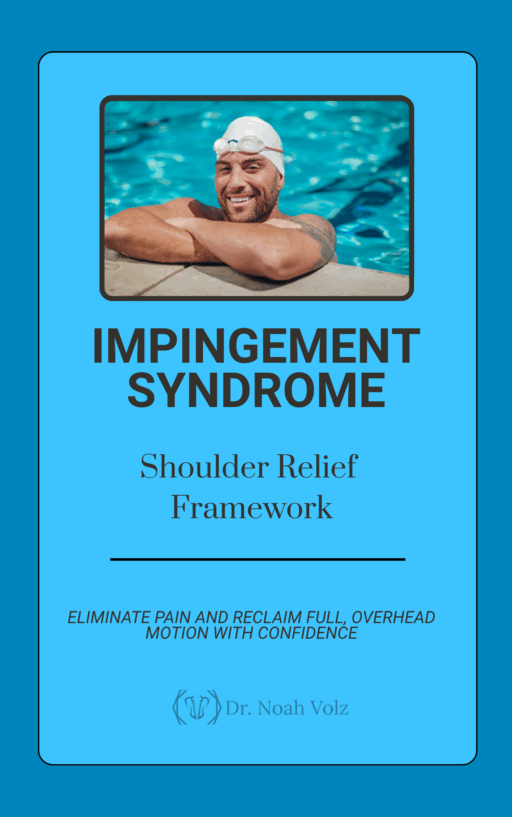Temporomandibular Joint Disorder (TMD) is a group of problems that affects the temporomandibular joint (TMJ). Temporo refers to the temporal bone of the skull and mandibular refers to the lower jaw bone that inserts onto the temporal bone. When there is a problem with the muscles or the joint this can lead to pain, dysfunction and degeneration. When opening the mouth, the TMJ will rotate through the first 50% of opening and then move forward through the last 50% of opening.
The primary causes of TMD are either muscular or a problem with the joint called articular. TMD caused by the muscles is more common and can arise from: tight muscles, trigger points, fascial restrictions and/or a functional muscle imbalance of the muscles used in chewing. The most common muscle that is involved is the masseter muscle. Slightly more complex causes of TMD are: teeth grinding (bruxism), clenching, cervicocranial dysfunction, postural syndromes (forward head posture), and trauma. (1) TMD is common in individuals who have been involved in a whiplash injury. (2)
A less common cause is displacement of the disk within the TMJ and osteoarthritis of the joint. All of these can be improved with chiropractic care. Causes that require different medical attention are: loose bodies, inflammatory arthropathy, trauma, mandibular fracture, dislocation, malocclusion, infection and neoplasm.
Causes of Temporomandibular Joint Disorder
It can be difficult to ascertain the cause of TMD. There is a loose link between molar extraction and TMD, but this is a rare cause. The most common causes of TMD are stress and depression. This can lead to grinding the teeth. Another cause is eating hard or chewy foods that put stress on the TMJ joints. Up to 25% of individuals will experience TMD with 3% of them seeking treatment. Most people with TMD are 20-50 years old.
Common symptoms of Temporomandibular Joint Disorder
Clicking is a typical symptom of TMD with restricted opening, transient locking and pain being less common. Usually, the symptoms are increased by chewing. You will usually describe TMD pain as an “ache” just in front of the ear. This pain can also be felt in face, head, neck and shoulders. The most common symptom is headaches which is because of the link between the TMJ and the upper cervical spine. (3)
How to evaluate Temporomandibular Joint Disorder
A visual assessment of the opening pattern (mouth opening test) will reveal movement of the jaw to one side as it opens or “jerky” movements of the jaw. If the space between the upper and lower teeth is not 40mm or more it is considered restricted (4). Additional assessment will reveal joint clicking of the TMJ upon opening and closing. There will also be tenderness in the following muscles: suboccipitals, temporalis, masseter, anterior and posterior digastrics, pterygoids, SCM and trapezius.
The joints of the neck and upper back may be restricted. There could also be limited or asymmetric hyoid bone mobility suggesting tension of the digastric muscles. Orthopedic evaluation includes the “centric relation provocation test.” Pushing the jaw bone into the skull should not elicit pain in healthy joints. If pushing the jaw bone up into the temporal bone causes pain then this suggests a structural pathology (i.e. disc dislocation, osteoarthritis, or capsulitis).
TMD can be challenging to assess. X-rays are of limited help. CT is the imaging of choice (over 4 times better than plain films) for identifying TMJ osteoarthritis. MRI is excellent for detecting disc displacements and joint swelling (5).
Upper cervical chiropractic for Temporomandibular Joint Disorder
Chiropractic and massage are as effective as surgery for the treatment of TMD.(6) There are three main approaches to healing TMD, these are: chiropractic and massage, exercise, and avoidance of aggravating activities. Adjustments to the jaw, neck, and upper torso is effective. This combined with intraoral myofascial therapy will reduce pain and improve jaw opening. (29) Myofascial release of the: lateral pterygoid, temporalis, and masseter are also beneficial. (7). In some circumstance the suboccipitals, anterior and posterior digastrics, medial pterygoid, SCM and trapezius will also need to be treated with myofascial release. I use a TMJ non-thrust mobilization where I grasp the jaw and apply distraction moving the jaw in a figure eight clockwise or counterclockwise fashion for 20 repetitions. Another approach is a gentle upper cervical adjustment. This has been shown to increase maximal bite force. (8)
Once the joints are moving better and the muscle tightness is improving then exercises can be used in order to address tightness in the masseter, SCM, levator and suboccipitals. Exercises that can be helpful are chin retractions, deep neck flexion, and chin depression. The Rocabado 6×6 exercise protocol is a popular program to restore function between the jaw, neck and shoulders (22).
In order to get better you must avoid aggravating activities like chewing gum or eating chewy foods. A custom fitted mouth guard may help minimize grinding or clenching and promote relaxation of chewing muscles (20). In some cases, stress management techniques, like biofeedback, can assist patients in learning how to relax the jaw muscles.
Exercises to help heal Temporomandibular Joint Disorder
Conclusion
If TMD is a part of your life and you are looking for an answer then I can help. I can help figure out what the cause of the TMD is. Use chiropractic adjustments and massage to get you out of pain and teach you the exercises you will need in order to build a resilient TMJ that is immune to pain. If you are ready to try this approach schedule with me today. Still looking for more information? Check out my eBook on Chronic Neck Pain.
References
1. Yun PL, Kim YK: The role of facial trauma as a possible etiologic factor in temporomandibular joint disorder. J Oral Maxil Surg 2005; 63(11):1576-1583.
2. Sale h, Isberg A. Delayed temporomandibular joint pain and dysfubnction induced by whiplash trauma: a controlled prospective study. J American Dental Assoc. Aug 2007;138(8) 1084-91
3. Furto ES, Cleland JA, Whitman JM, Olson KA. Manual physical therapy interventions and exercise for patients with temporomandibular disorders. Cranio. 2006;24:283–291.
4. Feteih RM: Signs and symptoms of temporomandibular disorders and oral parafunctions in urban Saudi Arabian adolescents: a research report. Head Face Med 2006; 2:25.
5. Ahmad M, Hollender L, Anderson Q, Kartha K, Ohrbach R, Truelove EL, John MT, Schiffman EL. Research diagnostic criteria for temporomandibular disorders (RDC/TMD): development of image analysis criteria and examiner reliability for image analysis. Oral Surg Oral Med Oral Pathol Oral Radiol Endod. 2009 Jun;107(6):844-60.
6. Fricton et al. Long term study of temporomandibular joint surgery with alloplastic implants compared with nonimplant surgery and nonsurgical rehabilitation for painful temporomandibular joint disc displacement. J Oral Maxillofac Surg 60:1400-1411, 2002
7. Cleofas Rodriguez Blanco, Cesar Fernandez de las Penas, Juan Elicio Hernandez Xumet, Carolina Pena Algaba, , Manual Fernandez Rabadan, , Mari Carmen Lillo de la Quintana. Changes in active mouth opening following a single treatment of latent myofascial trigger points in the masseter muscle involving post-isometric relaxation or strain/counterstrain. Journal of Bodywork and Movement Therapies
8. Haavik H, Özyurt MG, Niazi IK, et al. Chiropractic Manipulation Increases Maximal Bite Force in Healthy Individuals. Brain Sciences. 2018;8(5):76.
9. Rocabado M. Diagnosis and treatment of abnormal craniocervical and craniomandibular mechanics. In: Solber WK, Clark GT, eds. Abnormal Jaw Mechanics. Diagnosis and Treatments. Chicago; 1984: 141-159
-

Bicep Tendon Pain Solution
$50.00 -

Brain Detoxification & Recovery System
$50.00 -

Brain Energy and Endurance Support System
$50.00 -

Brain-Based Movement and Motor Control Training
$50.00 -

Centralized Low Back Pain
$50.00 -

Cervical Radiculopathy: Neck and Nerve Relief Pathway
$50.00 -

Complex Low Back Pain
$50.00 -

Complex Radiating Low Back Pain
$50.00 -

Cross-Pattern Low Back Pain
$50.00 -

Frozen Shoulder Mobility Reset Plan
$50.00 -

Impingement Syndrome: Shoulder Relief Framework
$50.00 -

Mastering Brain Senses: Rebuild Your Hearing, Vision, and Body Awareness
$50.00

